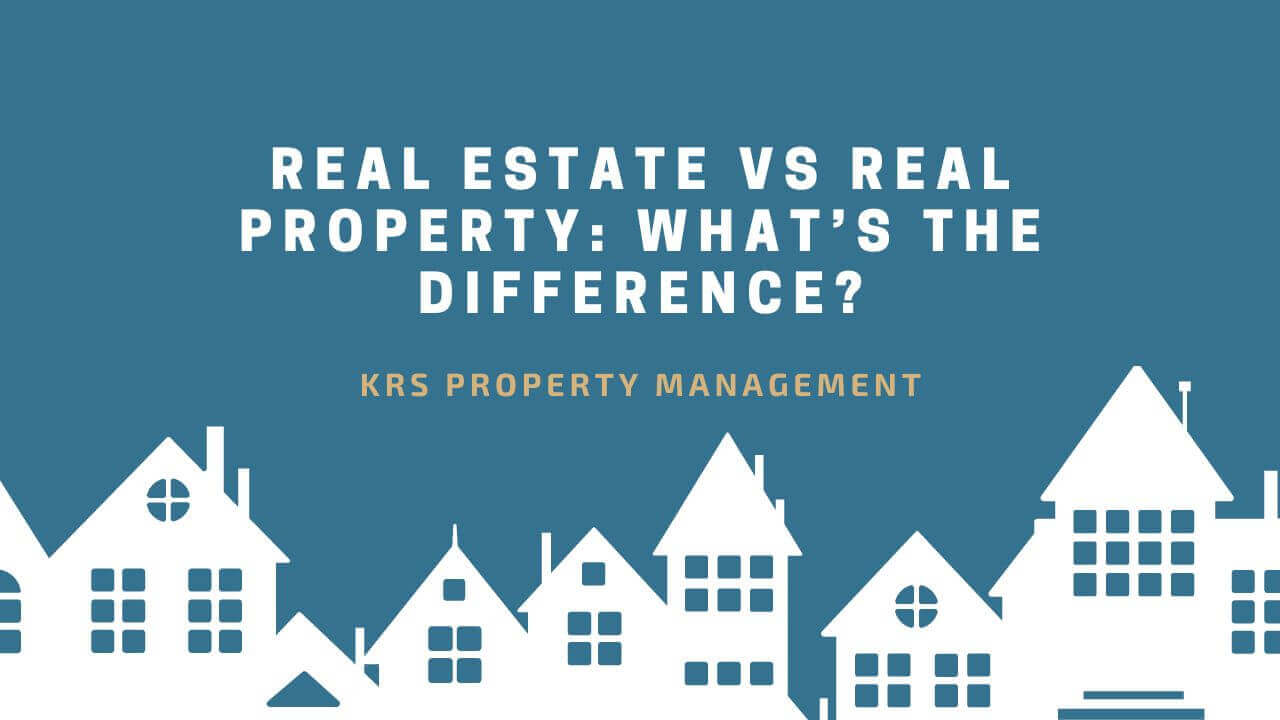
Property investment can be complex, which is why investors must understand the differences between real estate and real property. While these terms are often used interchangeably, they denote different scopes and legal connotations that can influence investment strategies, tax considerations, and legal responsibilities.
In this article, we will discuss the distinctions between real estate and real property, providing investors with the insights needed to make informed decisions.
What is Real Estate?
Real estate refers to the physical land and any permanent structures attached to it, such as houses, buildings, and other infrastructure. The term encompasses the natural components of the land, including trees, minerals, water, and the earth itself, along with any man-made constructions. Real estate is generally a tangible asset, which can be seen and touched.
Common Types of Real Estate
Here are the most prevalent types of real estate:
Residential Real Estate
This category includes all properties used for residential purposes. Common types of residential real estate include:
- Single-family homes: Detached houses intended for one family, offering privacy and space.
- Condominiums: Individual units within a larger building or complex, where common areas are jointly owned and maintained by an association.
- Townhouses: Multi-floor properties sharing walls with adjacent buildings.
- Multi-family homes: Buildings designed to accommodate several families in separate units, such as duplexes, triplexes, and so on.
- Apartments: Typically rental units within a larger residential building.

Industrial Real Estate
This category is similar to commercial but is more specialized towards industries, including:
- Manufacturing buildings: Facilities used for the production of goods.
- Distribution centers: Large warehouses designed for storing goods before they’re transported for distribution.
- Data centers: Buildings used to house large amounts of computer servers and related equipment.
Commercial Real Estate
Commercial real estate is used for business purposes and includes:
- Retail spaces: Stores, shopping centers, and retail malls where merchandise is sold.
- Office spaces: Buildings or spaces used to conduct professional or business activities.
- Warehouses and industrial buildings: Facilities used for the storage and distribution of goods, as well as light manufacturing.
- Hospitality: Real estate that accommodates guests, such as hotels, motels, and resorts.
Land
Land real estate includes undeveloped property and vacant land. Types of land real estate include:
- Agricultural land: Farms, orchards, vineyards, and ranches.
- Undeveloped land: Empty plots without any buildings or infrastructure.
- Subdivisions: Parcels of land divided from larger pieces to be sold or developed separately.
Mixed-Use Real Estate
This type of real estate combines elements of more than one of the above categories into a single project. For example, a mixed-use development might have retail shops on the ground floor and offices on the next floors.

What is Real Property?
Real property extends beyond the physical components of real estate to include the rights associated with owning that real estate. These rights can be complex and varied but essentially, real property isn’t just about owning physical property it also involves the legal rights and responsibilities that come with ownership.
Types of Real Property Investments
Consider the following types of investments:
Real Estate Syndications
Syndications consist of:
- Pooling of Resources: Multiple investors join to fund larger projects.
- Sponsor Role: Manages the property; earns fees and a share of profits.
- Investor Benefits: Passive income, limited liability, part ownership in larger assets.
Real Estate Investment Trusts (REITs)
Examples of REITs include:
- Structure: Companies that own or finance income-generating real estate.
- Income Distribution: Must distribute at least 90% of taxable income to shareholders.
- Liquidity: Traded on stock exchanges, offering liquidity similar to stocks.
Real Estate Crowdfunding
Crowdfunding involves:
- Modern Access: Utilizes online platforms to gather small investments from many people.
- Lower Barriers: Allows investment in real estate projects with smaller upfront capital.
- Risk and Returns: Direct investment in specific projects, potentially high returns, but higher risks.
Key Differences and Why They Matter
Consider these key differences:
Scope and Content
Real Estate involves physical entities, whereas real property includes real estate plus the bundle of legal rights. Investors must appreciate that when they purchase real estate, they are buying into both the physical and the legal dimensions of the property. Understanding the full scope of what they own is crucial, particularly in navigating legal disputes, zoning laws, and government regulations.

Legal Implications
Real estate is ownership that pertains to the tangible. Real property is ownership that pertains to the tangible plus the rights to use it, rent it, sell it, or even refrain from these actions. The legal implications of real property ownership can impact investment strategies.
Investment Potential
Real Estate is often evaluated on physical and locational factors. Real Property is evaluated based on both physical aspects and the potential of the rights held. The distinction affects investment potential. Real property rights can add or detract from the value of real estate.
Tax Considerations
Real estate is axed based on property value assessments. Real property is axes can include property taxes plus other levies depending on the rights associated. Investors need to be aware of the tax implications associated with both the physical property and the rights that come with it.
Practical Considerations for Investors
Here are practical ways investors can leverage this knowledge:
- Due Diligence: Before purchasing a property, thoroughly investigate both the physical aspects and the associated property rights.
- Strategic Planning: Use knowledge of property rights to explore alternative uses of a property that could maximize returns.
- Legal Consultation: Consulting with a real estate attorney can clarify what rights are included with a property and how they can be best utilized or protected.
- Tax Strategy: Work with a tax professional to understand and plan for the tax implications of owning both real estate and real property.
Bottom Line
For real estate investors, understanding both the physical assets and the bundle of legal rights associated with those assets is important. This helps investors choose the best investment path, optimize tax strategies, and unlock the full potential of their property investments. If you need help managing your rentals, contact the experts at KRS Holdings today!






